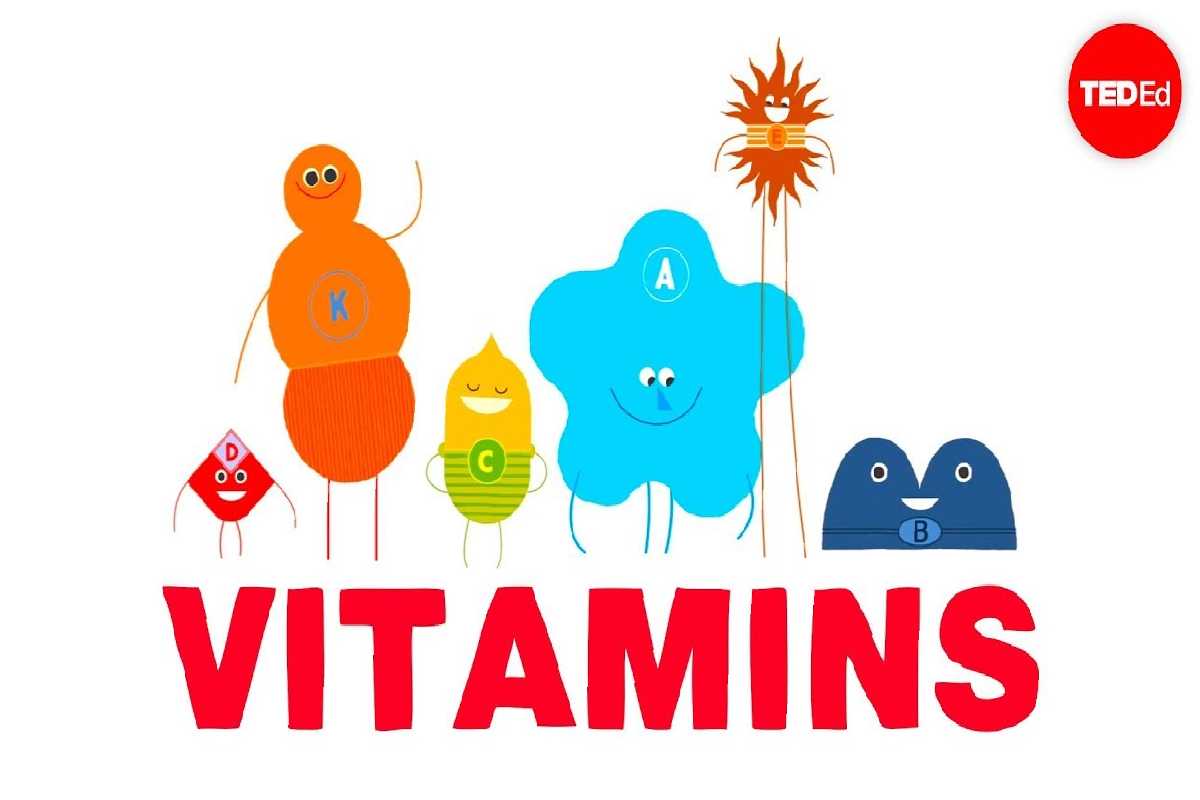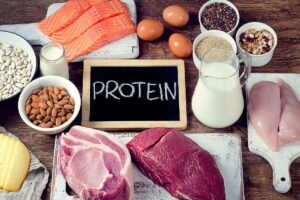
How do Vitamins Work
How do Vitamins Work?: The vitamins are natural, important nutrients that are needed in small amounts for a variety of biological processes, including growth and development, wound healing, bone and tissue maintenance, immune system health, and other bodily processes.
These necessary organic substances perform a variety of biochemical tasks.
There are thirteen different kinds of vitamins, and each one is essential for the body’s metabolic activities.
Casimir Funk, a Polish American biochemist, started the research of vitamins in 1912. He is regarded as the inventor of vitamins and vitamin therapy based on his studies and findings regarding vitamins, their sources, functions, and deficient illnesses.
Similar to minerals, our bodies are unable to produce vitamins.
As a result, in order to maintain our health, we must obtain them through the food we eat or, in rare instances, supplements.
Types of Vitamins
Vitamins have been dividing into two groups based on their solubility:
- Vitamins in fat solubility.
- Vitamin water-soluble.
Vitamin soluble in fat
- The fat cells in the body contain vitamins calling fat-soluble vitamins, which need fat to be absorbed.
- There are four fat-soluble vitamins: A, D, E, and K.
Vitamin soluble in water
- The excess of water-soluble vitamins is excreting through the urine, so they are not stored in our bodies.
- As a result, these vitamins require constant replenishment. B and C vitamins are water-soluble nutrients.
Vitamins’ Origins
The human body is built in such a way that it absorbs the nutrients from the food we eat and then excretes waste.
These chemical compounds are widely distributing in both plants and animals and are essential for both growth and development as well as for optimum health.
The many vitamin kinds and their sources are listing below.
The following are the top sources of fat-soluble vitamins:
- Potatoes, carrots, pumpkins, spinach, meat, and eggs all contain vitamin A.
- Fortified milk and other dairy products include vitamin D.
- Fortified cereals, leafy green vegetables, seeds, and nuts all contain vitamin E.
- Dark green leafy vegetables and turnip or beet greens both contain vitamin K.
- All citrus fruits contain a lot of vitamin C.
A few other sources of vitamin’s B and C are:
- Pork chops, ham, fortified grains, and seeds all contain vitamin B1, sometimes known as thiamin.
- Whole grains, fortified grains, and dairy products all contain vitamin B2, often known as riboflavin.
- Niacin, or vitamin B3, can be finding in whole grains, fish, poultry, and mushrooms.
- Finding in whole grains, poultry, broccoli, legumes, and vitamin B5 (pantothenic acid).
- Finding in soy products and fortified cereals, vitamin B6 is also knowing as pyridoxine.
- Many items, including fruits and meats, contain vitamin B7, sometimes known as biotin.
- Leafy vegetables contain folic acid, also known as vitamin B9
- Fish, poultry, pork, and dairy sources all contain vitamin B12.
- Citrus fruits and liquids, such as oranges and grapefruits, are rich in vitamin C.
Conditions Resulting from Nutritional Deficiencies:
Rickets:
- Rickets is brought on by a deficiency of vitamin D, calcium, and potassium in the body.
- Bone abnormalities, bowed legs, and weak, fragile bones are symptoms of rickets.
Pellagra:
- Pellagra, a condition brought on by a deficiency in niacin or vitamin B3, is characterizing by dementia, diarrhoea, dermatitis, and death, or “the four Ds.”
Scurvy:
- Scurvy can be brought on by dangerously low amounts of ascorbic acid or vitamin C in the body.
- In essence, scurvy prevents the body from producing collagen, a structural protein that holds the tissues together.
Beri Beri:
- However, the condition knowing as beri beri is brought on by a lack of thiamine, or vitamin B1, in the body.
- The impaired muscle coordination, nerve degeneration, and cardiovascular issues are this condition’s most prevalent symptoms.
Xerophthalmia, also known as night blindness
- Blindness brought on by inadequate epithelial tissue growth, dryness, keratinization, or persistent eye infection is knowing as xerophthalmia, sometimes knowing as night blindness.
Goiter:
- Iodine is necessary for the body’s regular cell metabolism, and a lack of it can lead to goiter.
Anemia from iron deficiency:
- A lack of iron in the body can result in a condition called iron deficiency anemia.
- It is characterizing by a drop in hemoglobin or red blood cell count in the body, which causes weakness, weariness, dyspnea, and bodily pallor.
Kwashiorkor:
- Kwashiorkor is a deficiency illness brought on by the body’s lack of protein and energy.
- Anorexia, an enlarged liver, irritability, and ulcerating dermatoses are its hallmarks.
Osteoporosis:
- The health of the bones and spine can suffer from a lack of Vitamin Shoppe and calcium in the body.
Also Read: Essential Guide to Strength Training






